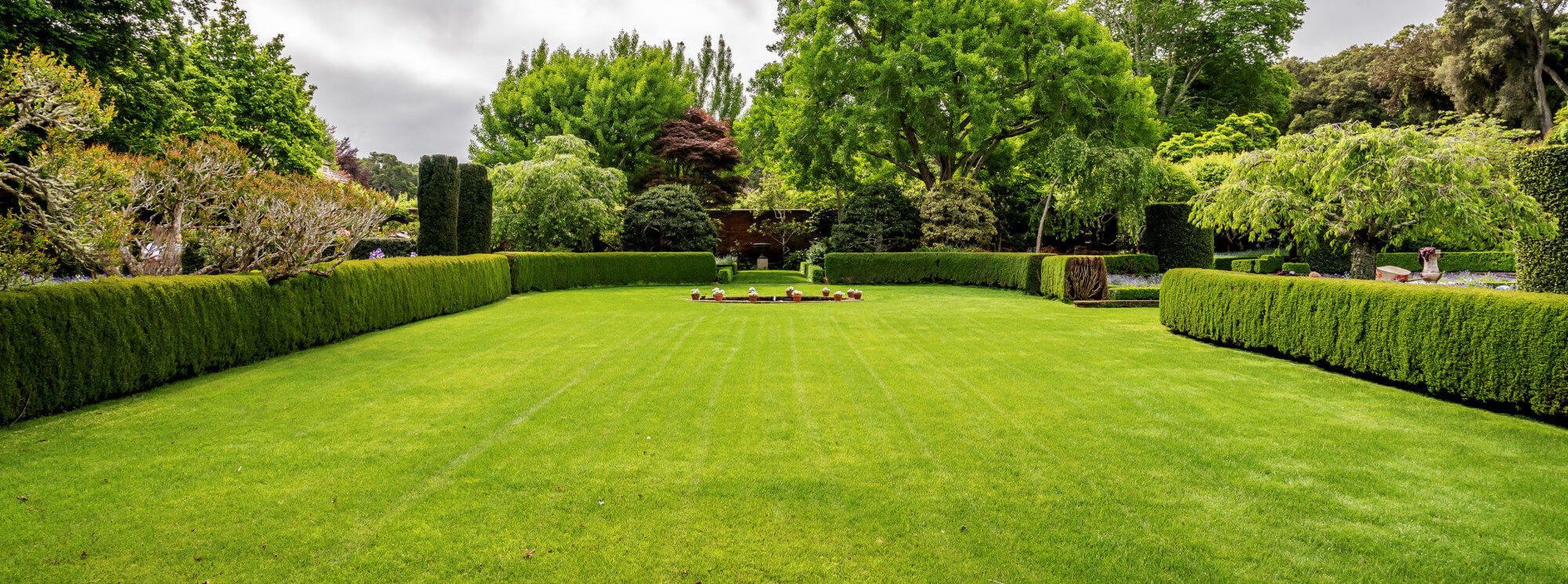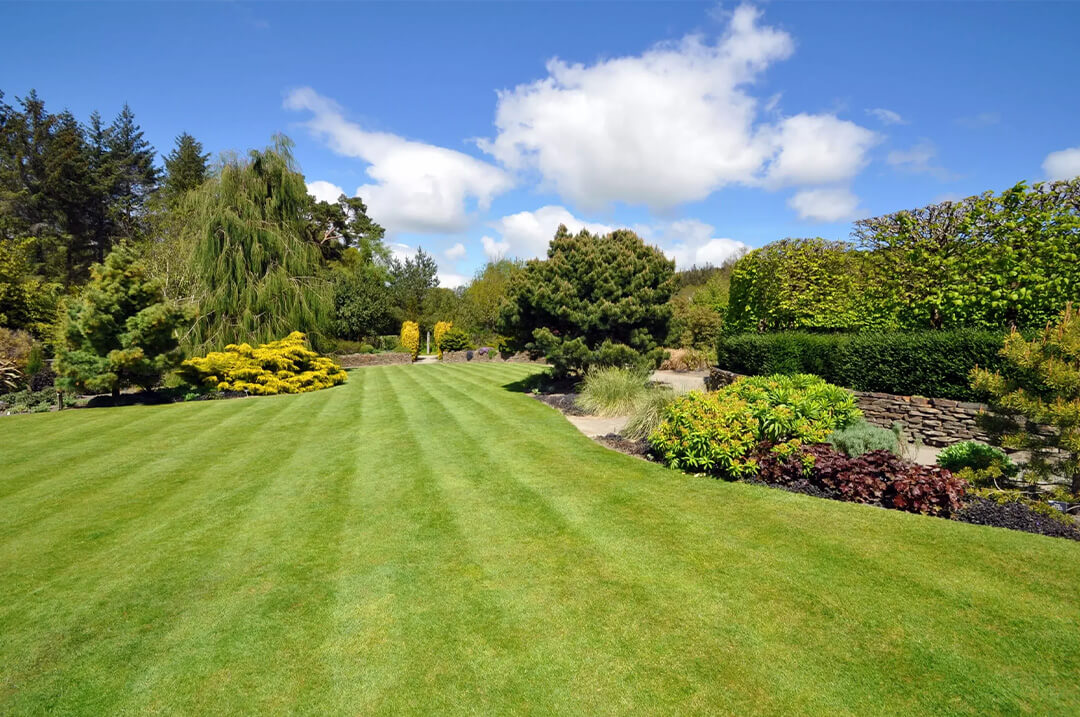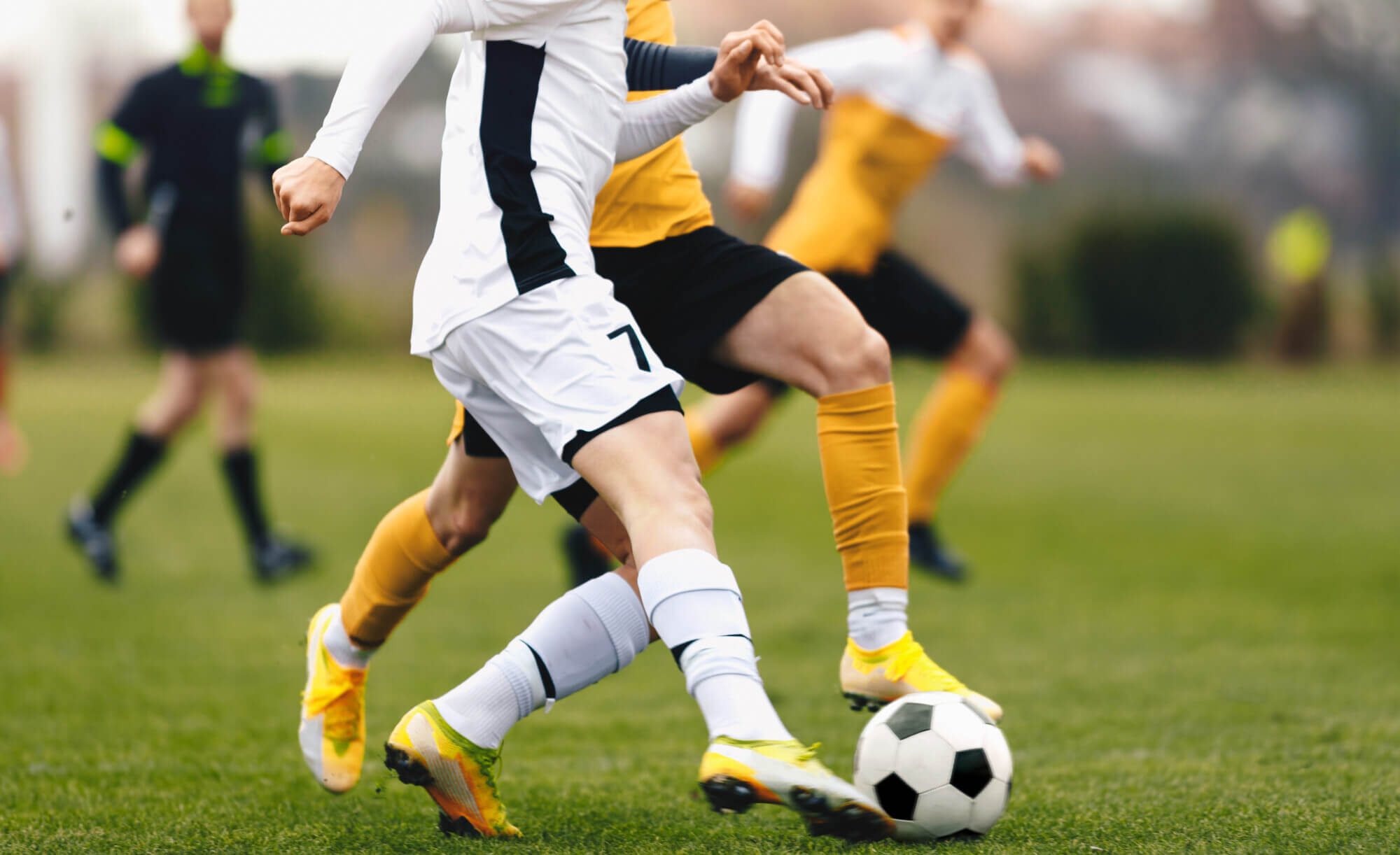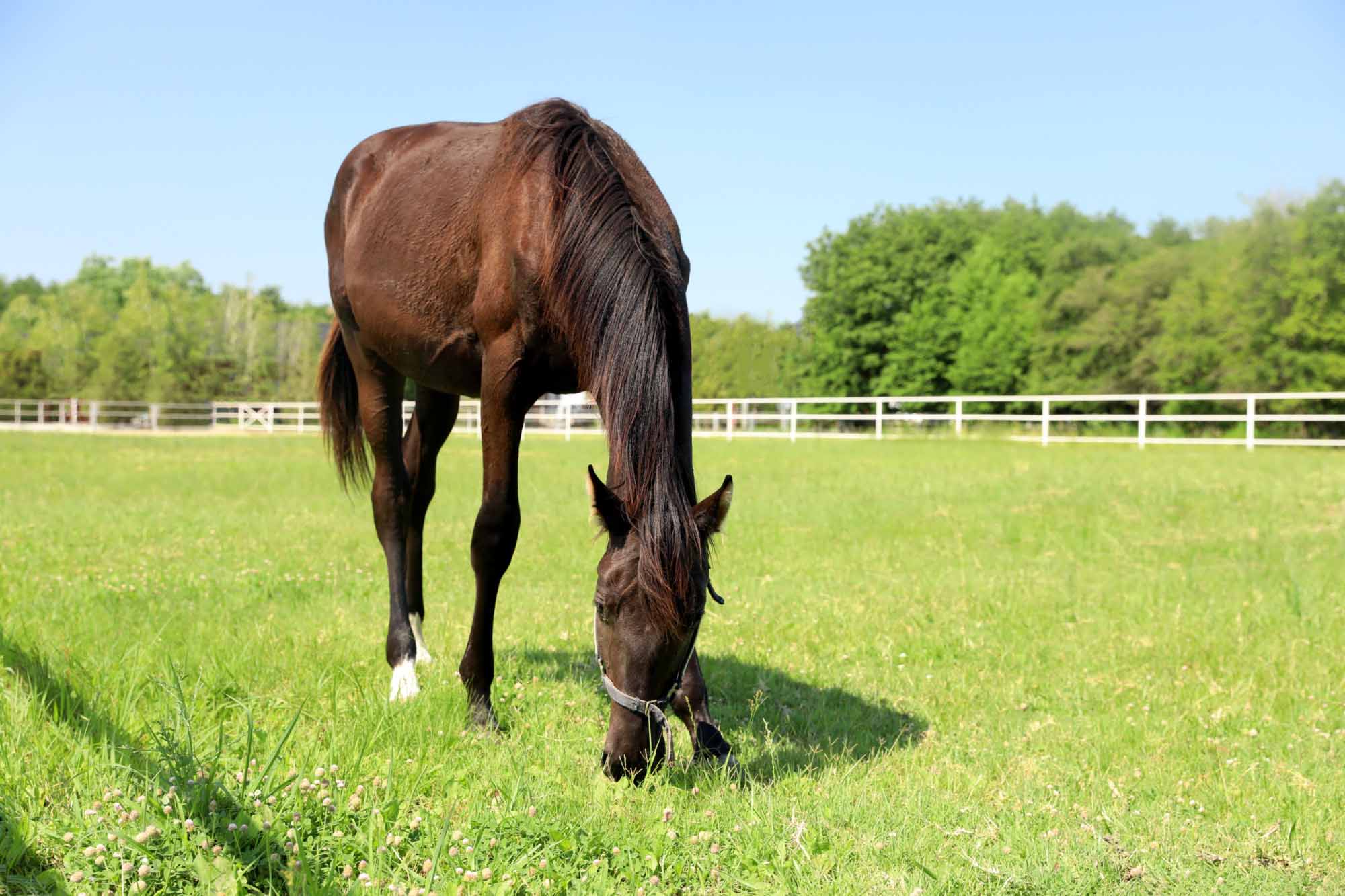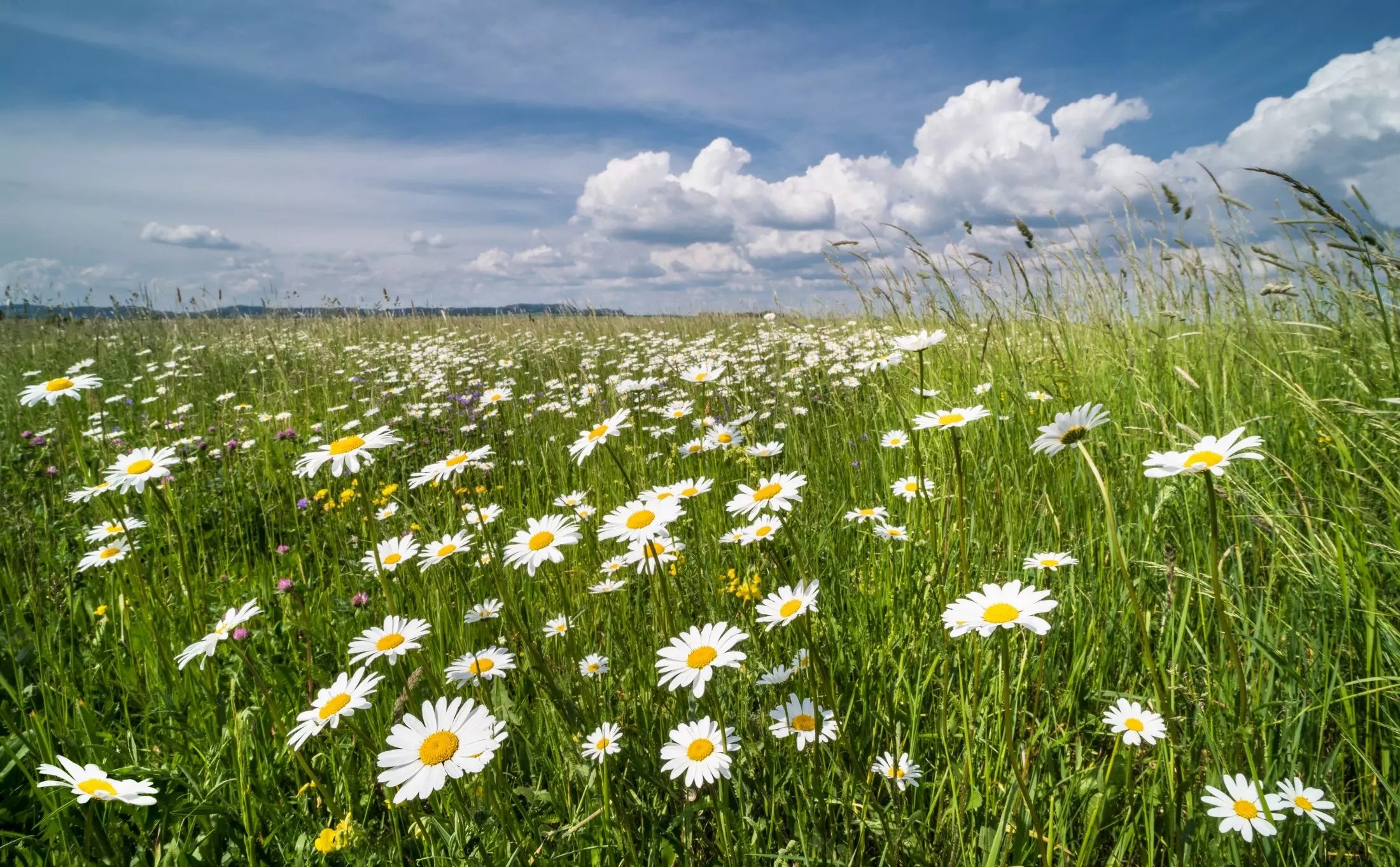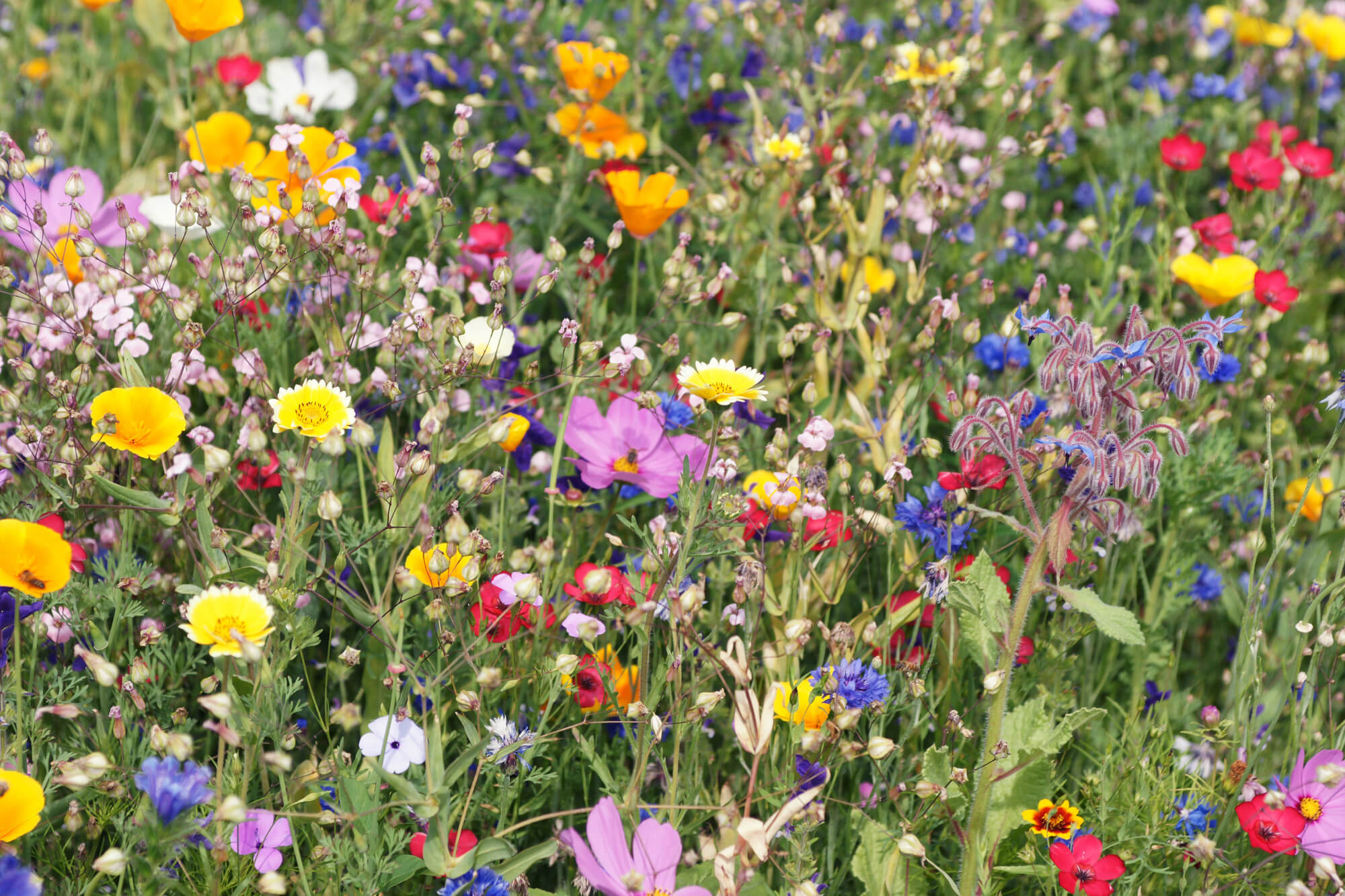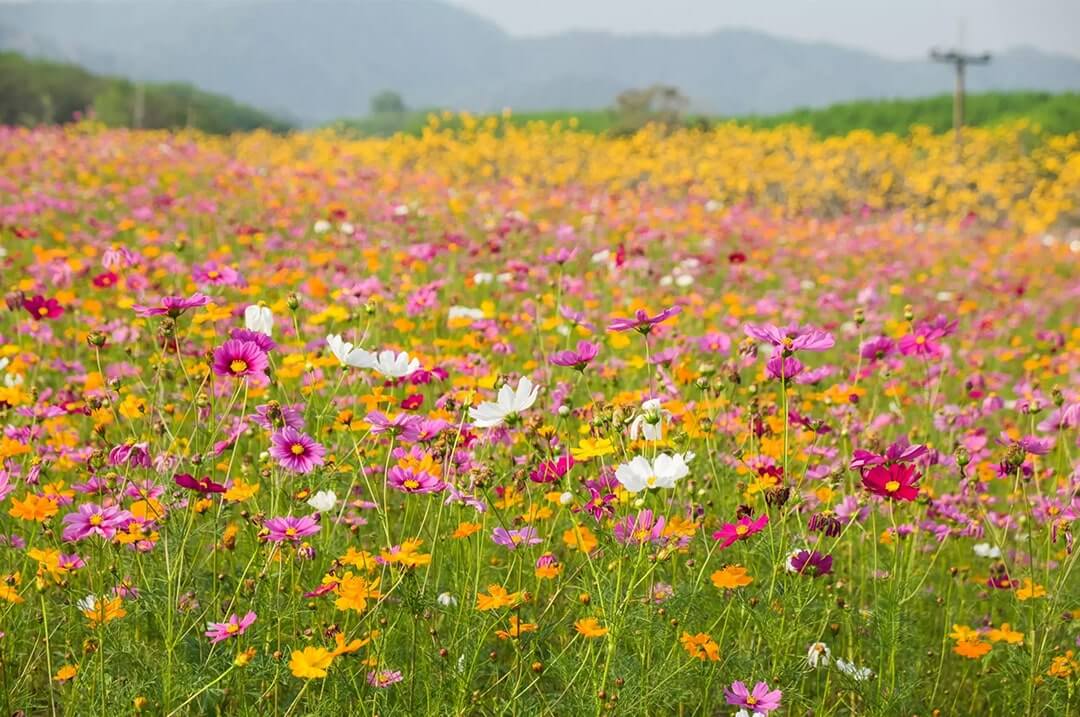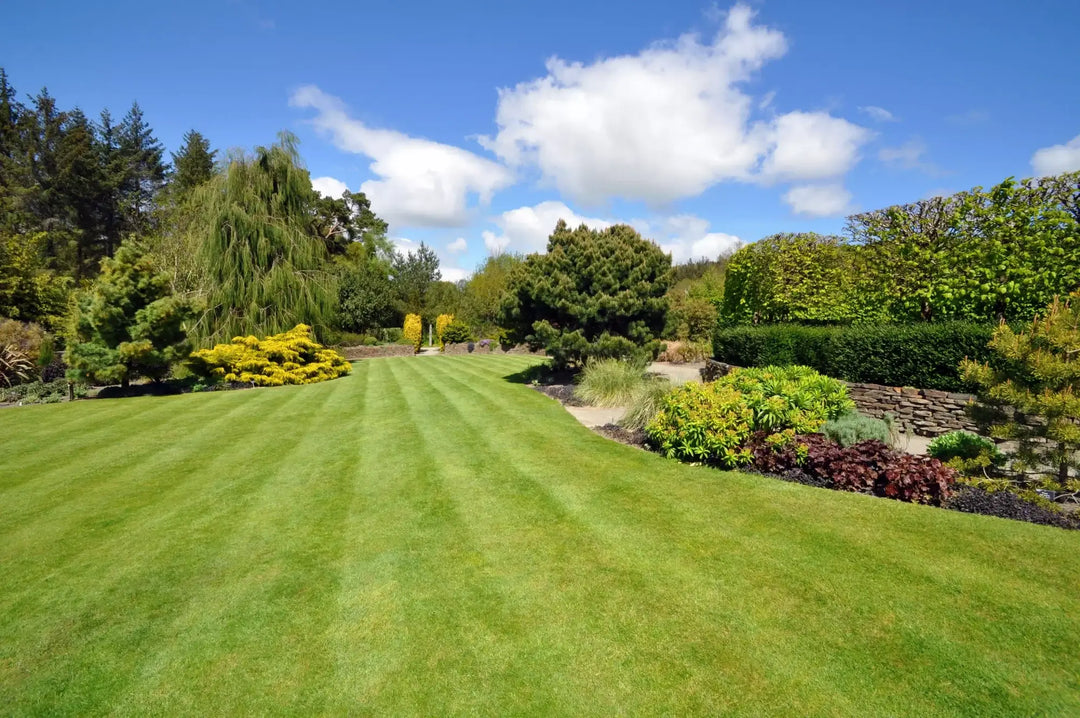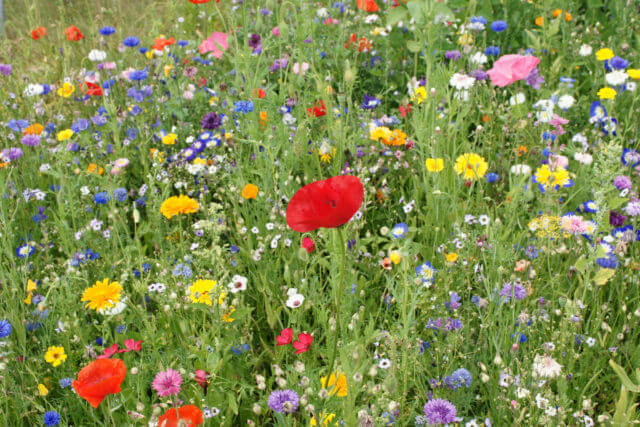Step 1 – Walk the paddock
Easily done as a daily duty when poo-picking or checking horses, fences or water troughs. Use this time to look for bare patches, wet areas, damage by pests or moles and weeds.
How do I know if I need to renovate?
- Identify any problems in the field
- Understand what species you want in your paddock, then, if you have between 30-50% undesirable species, the best action is to remove these weeds and replace with the correct species by overseeding
- If you have over 50% weed grasses, you are more likely to need to plough the ground and start again as it is beyond repair
Step 2 – Check soil structure and fertility
If possible, it is a huge help to understand what is going on in the soil. A simple issue like compaction can lead to a whole array of problems such as poor drainage, poor root development and in turn poor performance in dry conditions. So reach for that spade and take a look!
- Take a spade and dig a few holes to examine the top 10-15 cm (4-6 inches)
- It should break up easily and have lots of roots growing throughout the profile and plenty of worms
- Soil sample. A basic soil sample is inexpensive and will help you understand the levels of nutrients in your soil. Sample every 4-5 years on heavy soils and 2-3 years on light soils.
- Targets: pH 6-6.5. Phosphorus (P) Index 2. Potassium (K) Index 2r
Step 3 – Deal with weeds
Learn to identify weeds and weed grasses, especially poisonous ones like Ragwort and Buttercup. Perennial weeds like Ragwort, thistles, nettles and docks should either be dug out or sprayed.
Step 4 – Improving the paddock
You need to renovate the paddock when you have 30-50% undesirable species in the field.
Overseeding:
Overseeding is the most successful and economical way to improve horse paddocks that have open swards and damaged areas. Overseeding can be done either by manual broadcasting or with help of a spreader. Overseeding is a simple, effective and low-cost way to improve worn leys or old paddocks without ploughing and re-seeding.
Re-seeding:
The re-seeding of a paddock is only recommended if the damage is severe. Reseeding takes time and there must be adequate alternative grazing/turnout for at least 12 weeks.
- When: Soil temperature needs to be above 8 °C, so this usually means between April and September.
- How: Harrow vigorously to remove dead material and shallow rooted weeds and weed grasses. This can be done with a garden rake in small areas.
- Sow: Seed into fine, firm seedbed which has adequate moisture levels
- Roll: Essential to ensure seed makes contact with soil allowing germination. Seed needs water and soil to germinate.
Should I add fertiliser?
If you get the soil right you stand a good chance of growing grass; all grass will benefit from feeding with fertilisers. Do not fertilise at sowing because the new plants have no roots and are unable to take up nutrients. All you do is favour the existing sward and provide more competition to the new plants.
The final tip:
Ultimately, on-going management is important; a little bit of attention now and again will really pay dividends. We should be looking at our grass and paddocks almost as often as we look at our horses. The more you look after your grass the more it will look after you.
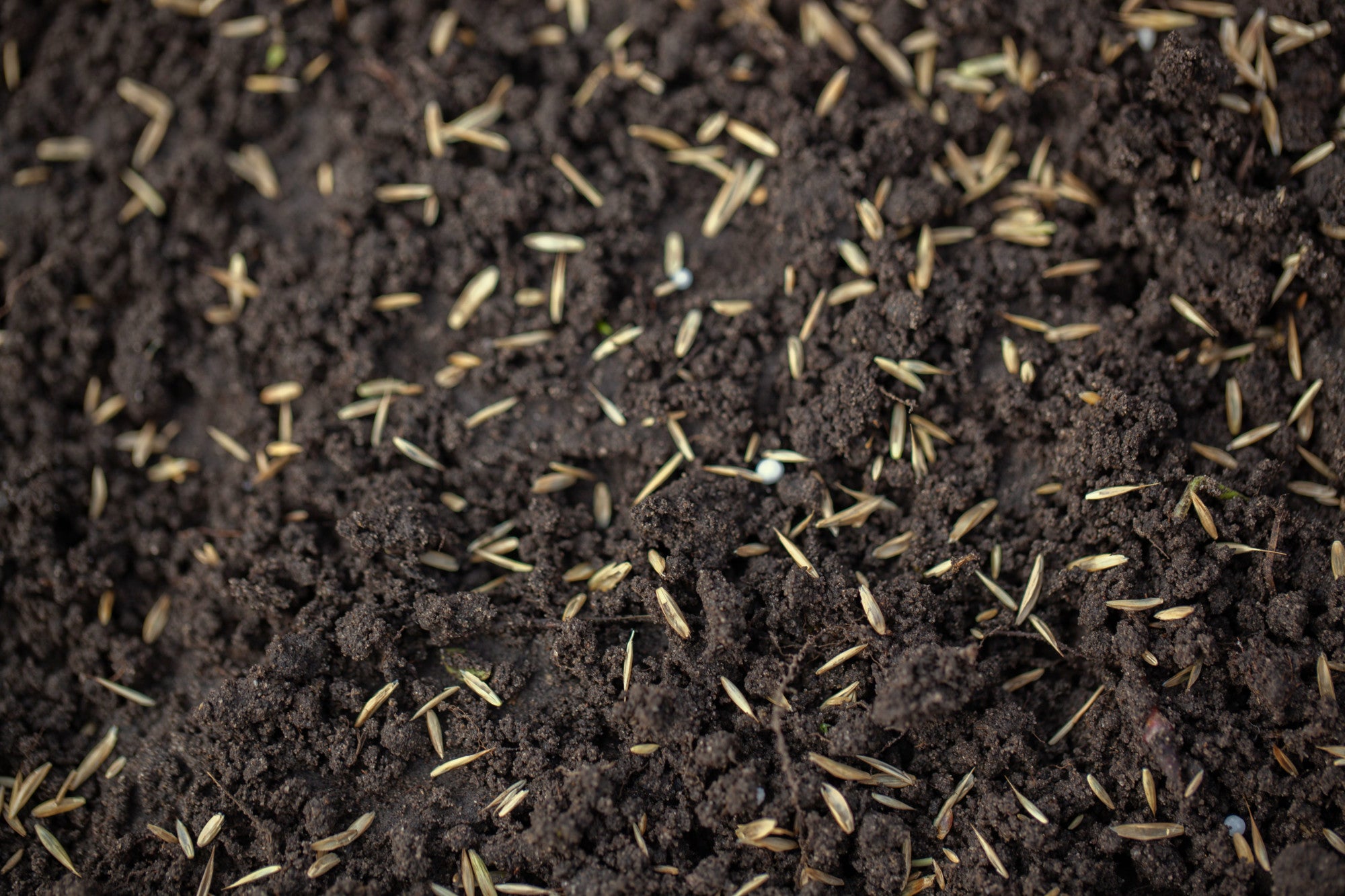
Our grasses are tried, tested and proven
We have a close and longstanding relationship with experienced seed growing specialists
Help & Advice
Find out more about how we can help you at Grass Seed Online, we offer lots of useful information and resources, so check them out today.




